Panasonic in 2023: a new phase for full frame and Micro Four Thirds
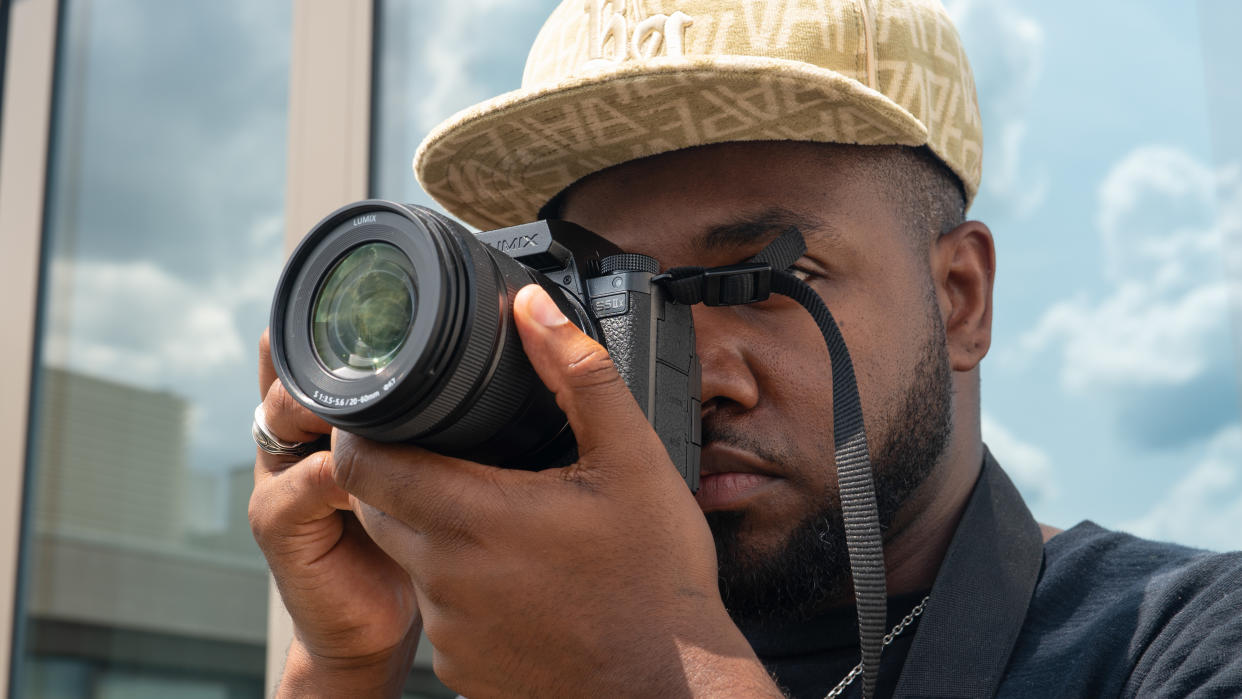
Panasonic's 2023 was a year of two halves. It kicked off in January with the launch of the Lumix S5 II and S5 IIX and then scored again in the second half with the new Lumix G9 II.
All three cameras ditch Panasonic’s long-running DFD contrast autofocus system, finally giving in to the widespread perception that the old depth-from-defocus autofocus, even though it became faster and more sophisticated with each new camera, just wasn’t as good at tracking subjects as phase detect AF, and had a tendency to ‘flutter’ during continuous autofocus.
For stills photography, this might not matter so much, but in a booming creator economy filled with solo shooters who can’t be both in front of the camera and behind it, AF performance for video has become a key buying decision.
Panasonic already had a strong reputation for good-value, high-performance hybrid cameras, even before people had invented that term. Even before the arrival of the new models, Panasonic was making some of the best hybrid cameras, the best cameras for vlogging and, with the Lumix S1H, BGH1 and BSH1, some of the best cinema cameras too.
So let’s see how Panasonic’s 2023 camera launches unfolded, what we thought of the new models and how they fit into the broader Lumix range.
January 2023: The Lumix S5 II and Lumix S5 IIx are launched
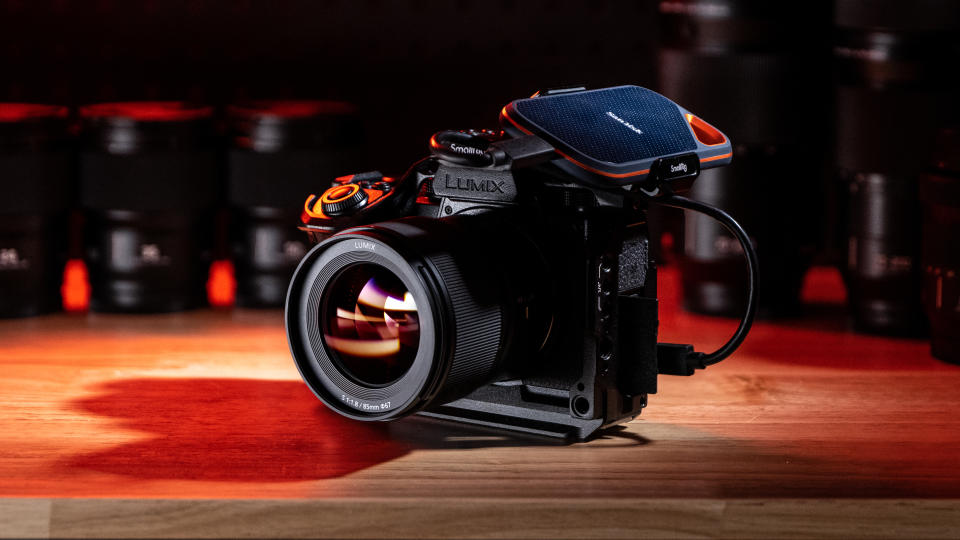
It’s very early in the year – just January 6, in fact – when Panasonic announces its two new Lumix S models, the Lumix S5 II and the Lumix S5 IIx. For most users, the key differentiator between the Lumix S5 II and the Lumix S5 before it will be the introduction of phase-detect autofocus. This alone may tempt users into the Lumix ecosystem where they were uncertain before, particularly given that the Lumix S5 already offers strong still photography credentials and powerful filmmaking features at this price. So how much better IS the new Lumix S5 II than the old model. Our Panasonic Lumix S5 II vs Lumix S5 comparison has all the details.
But what about the Lumix S5 IIx? It has the same sensor, form factor and headline video features as the S5 II, so is it really an additional camera model or just a confusing ‘special edition’? Our Panasonic Lumix S5 II vs Lumix S5 IIx comparison digs deep into the specifications to find out. The bottom line is that the S5 IIx has more processing power, much higher maximum bitrates and the ability to record direct to SSDs – it’s a more advanced filmmaking tool. It’s not the biggest difference we’ve seen between two camera models, but that probably explains the relatively modest price difference.
There is, of course, an elephant in the room – the Panasonic Lumix GH6. True, this is a Micro Four Thirds camera rather than full frame, and it’s saddled with Panasonic’s older DFD autofocus system, but prices have plummeted and it’s a real video powerhouse that needs taking seriously. Our Panasonic Lumix S5 II vs Lumix GH6 comparison spells out the differences – and the similarities.
Panasonic wasn’t quite done with January! It also launched a new Lumix S 14-28mm f/4-5.6 ‘half macro’ lens. The variable maximum aperture marks this out as a ‘consumer’ lens rather than a top-flight pro optic, but it’s pretty cheap for an own-brand full-frame ultra-wide zoom – and the ‘micro-step’ aperture control and minimal focus breathing should make it ideal for filmmakers too.
March 2023: MFT rumors start to circulate

Just a couple of months after the first phase-detect full frame Lumix cameras are launched, we hear that Panasonic’s first MFT camera with phase-detect AF is coming soon. Is this an obvious technological progression or just wishful thinking? We would get our answer before the end of the year.
That is not the only Panasonic rumour, though. We also hear that a new Panasonic Lumix SH1 II was on the way, with a resolution nearing 50MP and 8K video. We’d better throw phase-detect AF into that soufflé of dreams, too. The story at the time was that the new camera might arrive in just a few weeks. That didn’t happen. Oh, well, 2024 maybe?
If such a camera DID arrive, it might answer a troublesome question – what happened to the Lumix S1R? Either Panasonic lost interest and gave up, or it has been keeping its powder dry and getting ready for a high-resolution hybrid monster like the Lumix S1H II.
Also in March 2023 we finally got hold of a Lumix S5 II for review. Did we like it? You bet. Filmmaking maestro Jon Devo gave it a 5-star rating citing, amongst other things, its excellent stabilization, ‘film-like’ rendering, 4K 60p 10-bit 4:2:2 internal recording and sheer value for money.
We didn’t manage to get hold of a Lumix S5 IIx until June, but our Panasonic Lumix S5 IIx review brought another 5-star verdict. The extra power of the S5 IIx and its SSD recording capability are key plus points, though its deliberately different black/gray styling made the button labels somewhat less visible.
August 2023: Two new lenses for the roadmap
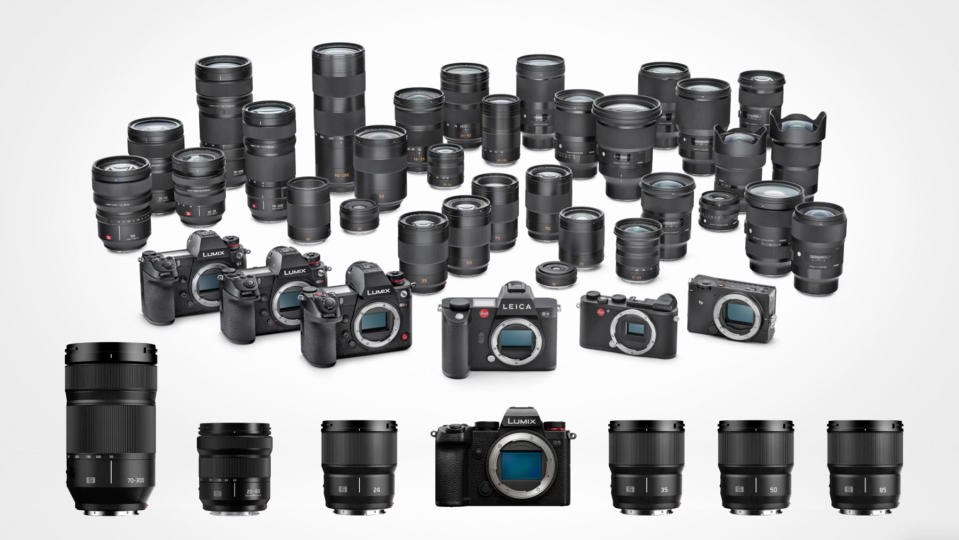
It was a very quiet summer for Panasonic fans, though August brought the news of two new lenses for the Panasonic L-mount roadmap. One would be a new Lumix S PRO 100mm f/2.8 Macro lens and the other a Lumix S 28-200mm f/4-5.6 O.I.S superzoom lens. The L-mount lens line-up is steadily increasing thanks to the efforts of both Panasonic and its L-mount collaborator Sigma.
This was just the calm before the storm, of course.
September 2023: The Lumix G9 II is launched
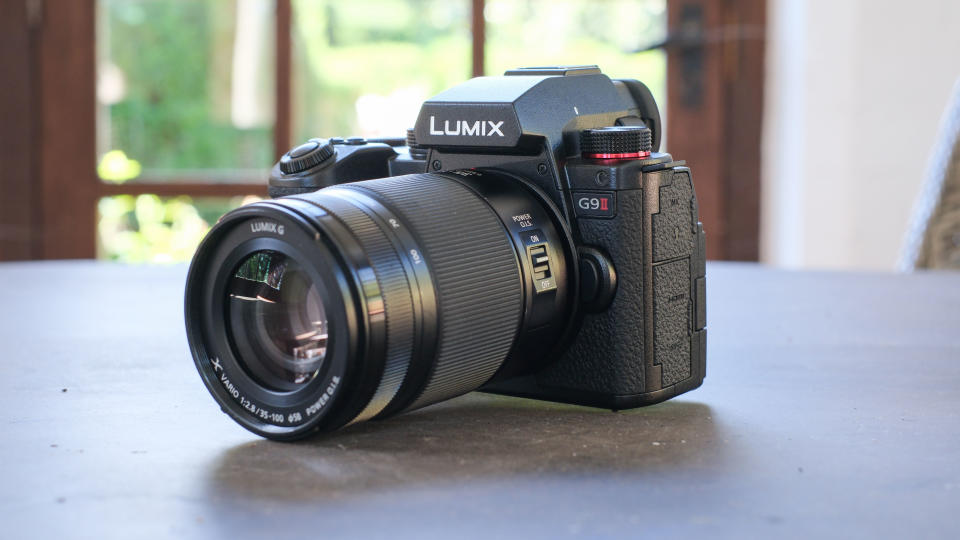
September bring the announcement that had been powering the Panasonic rumor-mill for weeks. The Panasonic Lumix G9 II is launched, complete with the phase-detect AF system that everyone had been predicting and the latest Panasonic 25MP MFT sensor first used in the Lumix GH6. The G9 Mark II is an absolute speed demon, and a powerful hybrid video camera too. So powerful, in fact, that it kind of leaves the Lumix GH6 in the lurch.
So if you are a serious filmmaker, which of these two cameras should you buy? Our Panasonic Lumix G9 II vs Lumix GH6 comparison checks the specs to pick out the key differences, and it’s a pretty close-run thing.
This also begs another question which people are bound to start asking soon: if Panasonic’s 25MP MFT sensor can be equipped with phase-detect AF, how soon can we expect to see a new phase-detect Lumix GH6 II?
Our Panasonic Lumix G9 II review heaps praise on Panasonic’s new MFT flagship, but notes that it’s as big as larger-format rivals despite its smaller sensor. It also loses the top-plate status panel of the old Lumix G9, and we check this and other differences in our Panasonic Lumix G9 II vs Lumix G9 comparison.
Panasonic MFT fans get another boost with Leica-approved updates to two popular lenses, the Leica DG Vario-Elmarit 35-100mm f/2.8 Power OIS and Leica DG Vario-Elmar 100-400mm f/4.0-6.3 II Asph. Power OIS. The MFT lens ecosystem is particularly rich these days, and this is where the MFT format really shows its size (and cost) advantage.
Now, powerful as it is, the Lumix G9 II comes in at a fairly stiff price. You might argue that its specifications and features warrant it. Quite true. But it also happens to be extremely close to the typical retail price of the Lumix S5 II, a camera with a sensor 4x larger and its own highly impressive video capabilities. Tricky, huh? Our Panasonic Lumix G9 II vs Lumix S5 II comparison picks out the crucial differences.
However, earlier speculation about an 8K Lumix S1H II full frame camera are dealt a blow by Panasonic itself, saying it has no 8K plans right now as consumer demand is “not enough”. Well, look how long it said that DFD autofocus was fine. Just saying.
October 2023: Will there be a Lumix G100 II?

Now that is a good question, and we’re not the only ones asking it. Rumors begin to circulate that there will be a new Panasonic Lumix G100 II with phase-detect AF and the 25MP sensor from the Lumix G9 II.
That would certainly be an exciting camera. We’ve long been fans of the pint-sized Lumix G100 with its 20MP sensor, vari-angle screen, EVF and budget price point, but Panasonic’s DFD AF has certainly held it back, particularly amongst those who look to YouTube for their buying advice. The Lumix G100 has another weakness, though – no IBIS. Whether Panasonic can find room in its dinky little body for an IBIS mechanism is another matter.
November 2023: Firmware updates and questions
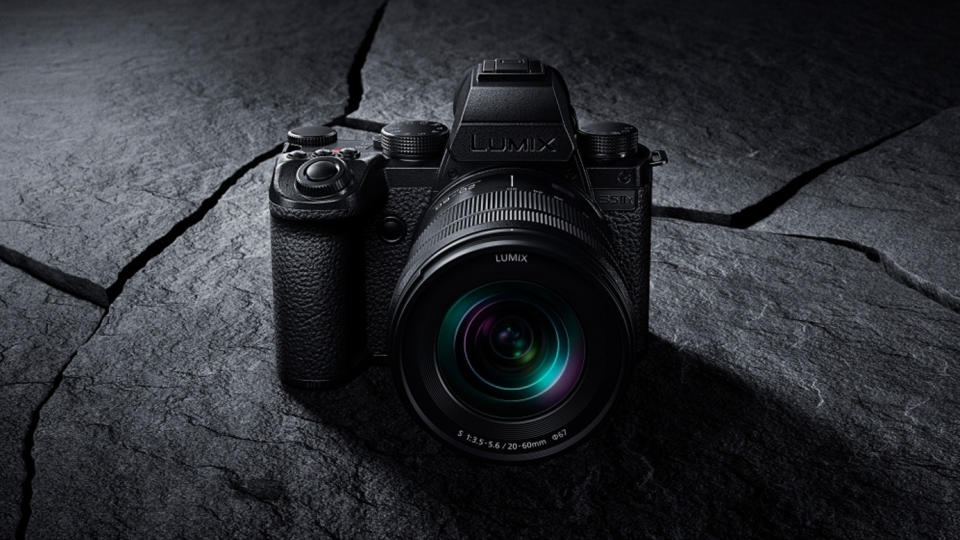
In November, Panasonic releases firmware updates for the Lumix S5 II and Lumix S5 IIx cameras, adding high resolution modes, an AF-Point Scope feature to magnify the image under the current AF point, and improve manual focus assist with a 20x zoom.
We also hear that Panasonic’s new 100mm L-mount macro lens will launch in January 2024, and that a Lumix G100D variant has been launched in Japan – but this is just a very minor update and not the Lumix G100 II that we’re hoping for.
And that kind of rounds off what has been a sometimes exciting, sometimes confusing and occasionally strange year for Panasonic.
There’s no doubt that the Lumix S5 II and Lumix S5 IIx have revitalized Panasonic’s presence in the hybrid camera market, and the Lumix G9 II is just the boost needed to refocus attention on the Micro Four Thirds format.
And yet Panasonic’s switch to phase-detect autofocus in 2023 raises lots of questions for its existing and highly competent contrast AF cameras, including the GH6, the still-worthy Lumix GH5 II and its high-end Lumix S1H cinema camera. As for the original Lumix S1 and Lumix S1R, Panasonic never mentions them any more, and maybe we should prepare for the worst…

